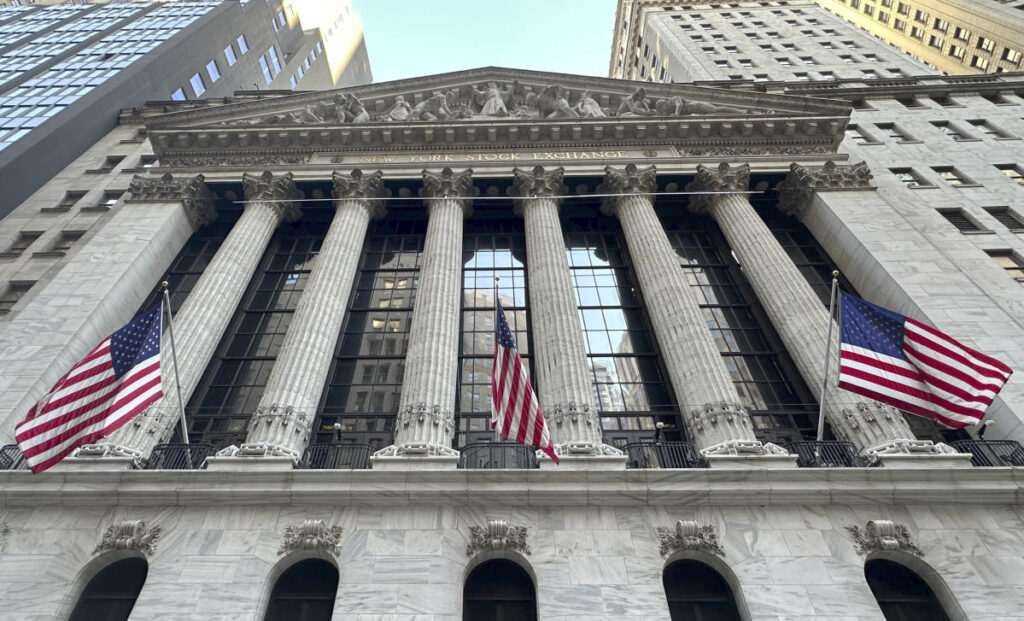Wall Street has rarely been as confident as it is now that lower interest rates are on the horizon. This sentiment is reflected in the latest BofA Global Fund Manager Survey, which reveals that a staggering 93% of investing professionals managing a combined $590 billion in assets believe short-term interest rates will be lower a year from now. This level of certainty is unprecedented, surpassing even the highs seen during the pandemic and the 2008 financial crisis.
The survey results underscore a growing consensus that the Federal Reserve’s current monetary policy is extremely restrictive. Fifty-five percent of respondents share this view, marking the highest level of agreement on this point since October 2008—a period marked by the collapse of Lehman Brothers and extreme market volatility.
While the current economic landscape is different from 2008, the risks remain significant. Today, one of the major concerns is the Japanese yen carry trade, which saw a significant disruption last Monday. Although the immediate fallout has been contained, the incident has only fueled expectations that the Fed will soon cut rates. The timing seems right, with economic data softening and concerns over the Fed’s independence—particularly regarding rate decisions ahead of an election—diminishing. This shift in focus has effectively greenlit a potential rate cut at the Fed’s mid-September meeting.
Adding to the momentum for lower rates is the July unemployment rate, which jumped to 4.3%, triggering the Sahm Rule recession indicator. This development has moved the discussion from whether rates will be cut in September to how many cuts might occur. Current market pricing suggests 36 basis points, or about one-and-a-half rate cuts.
The upcoming economic data releases will be critical in shaping the Fed’s decision. Thursday’s weekly jobless claims will be closely scrutinized, but the most anticipated event this week is the inflation data set to be released by the Bureau of Labor Statistics on Wednesday. Only a significant, unexpected increase in inflation could derail the expectation of a September rate cut. Conversely, any signs of weaker inflation will likely reinforce the case for cuts.
Investors are particularly concerned about the possibility of outright price deflation, which would signal that the U.S. is already in a recession—a scenario the Sahm Rule is designed to detect. In this context, bad news in the form of weak economic data is indeed seen as bad news, as it could indicate deeper economic troubles ahead.
As Wall Street prepares for the Fed’s next move, the financial community remains laser-focused on the details of upcoming economic reports, knowing that these will likely dictate the course of monetary policy in the near future.
